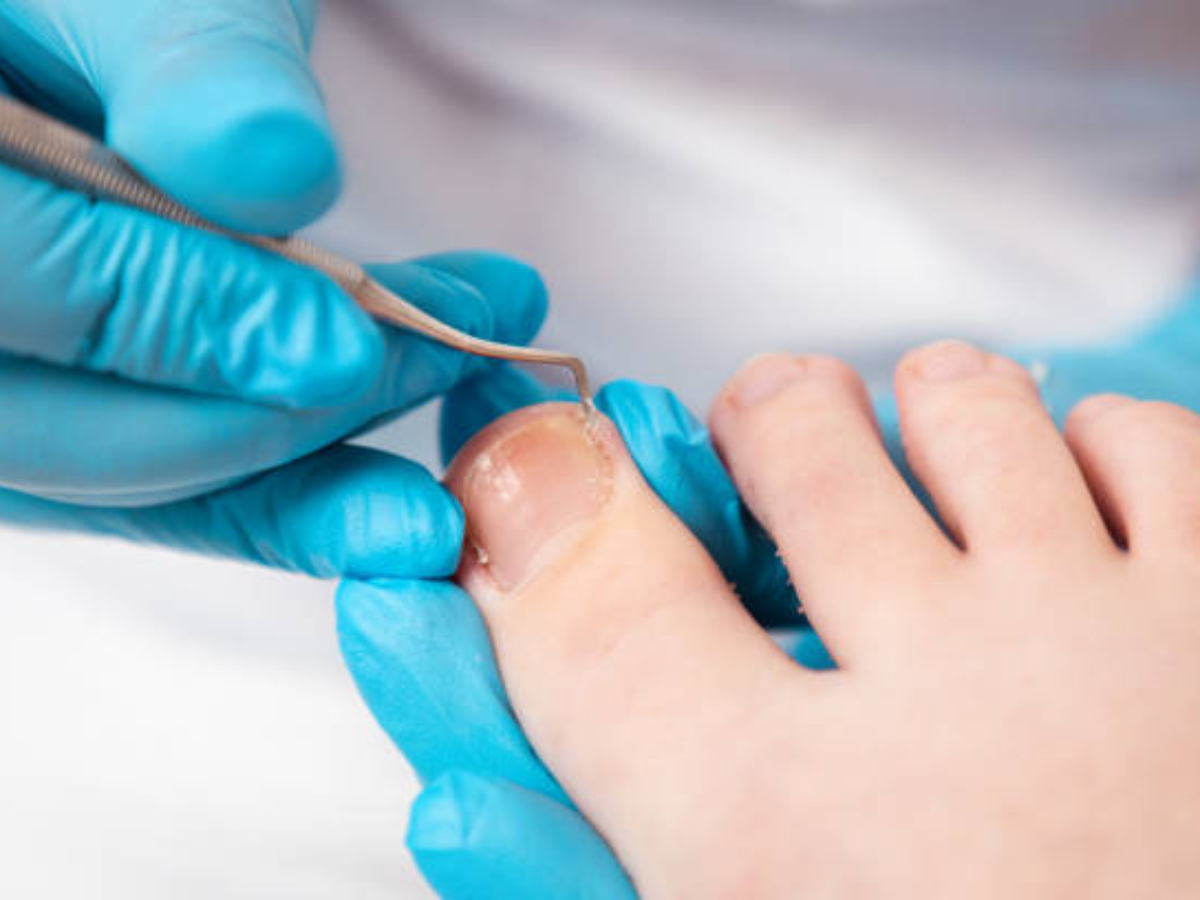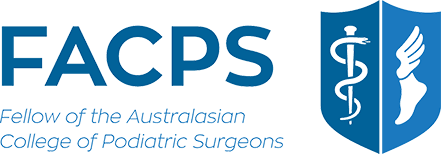Unstable ankles
Does your ankle feel like it’s locking or catching or giving way at times? Unstable ankles are very common and are not just a result of repeated ankle sprains, although this certainly doesn’t help!

The ankle is made up of bones, joints, cartilage, ligaments, soft tissue envelope called the capsule, fascia and retinaculum that help to keep the ankle held together. Repetitive stress on the ankle, whether through wear and tear or an ankle sprain or fracture, can cause ongoing instability in the ankle. There may be cartilage damage, loose bony fragments, scar tissue which can get pinched in the ankle joint, and rupture or stretching of ligaments which contribute to the instability, pain and swelling.
The use of ankle braces, supportive footwear, targeted exercises and orthotics are used to treat symptoms of ankle instability. But in cases when these measures are not enough to relieve pain, or instability persists, surgery can be undertaken to reconstruct the ankle ligaments and remove any floating bone or damaged cartilage.
The recovery from ankle reconstruction surgery is quite lengthy but we try to get you moving as soon as possible and involves physiotherapy as part of the rehabilitation process.



